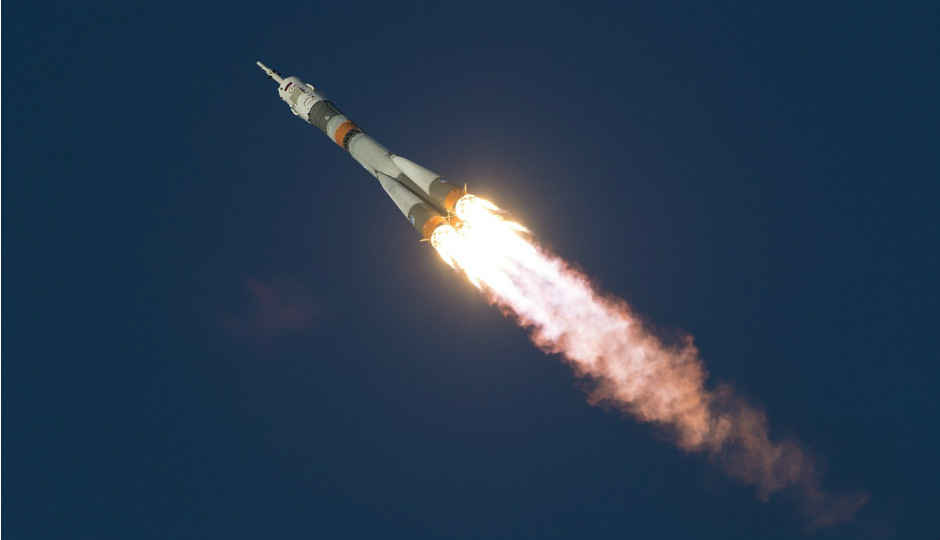NASA will continue to use Russia’s Soyuz spacecraft despite recent launch failure

The chief of NASA believes future manned missions to the ISS will happen as scheduled despite the recent Soyuz rocket booster failure. He says he believes in the relationship shared with the Russians.
On October 11, the rocket carrying Russia’s Soyuz spacecraft and two astronauts failed less than two minutes after its launch from the Baikonur Cosmodrome in Kazakhstan. The failure forced NASA astronaut Nick Hague and Roscosmos cosmonaut Alexei Ovchinin to abort what was supposed to be a routine trip to the International Space Station and initiate an emergency landing. The two men landed safely on the steppes of Kazakhstan, twenty kilometres east of the city of Dzhezkazgan.
The very next day, NASA’s chief Jim Bridenstine was seen praising the Russian space programme despite the launch failure, reports Agence France Presse. The chief also expects a new crew to go to the International Space Station in December as planned. “I fully anticipate that we will fly again on a Soyuz rocket and I have no reason to believe at this point that it will not be on schedule,” Bridenstine said to reporters.
According to Agence France Presse’s report on the matter, this was the first such incident in Russia’s post-Soviet history. It is without doubt an unforeseen setback to the country’s space industry and a blow to the country’s pride. The Soviet-designed Soyuz is currently the only way to reach the International Space Station. The accident is bound to affect both NASA and the lab work happening on the space station.
During an interview, Bridenstine appeared overwhelmed with emotion but said he was nevertheless “confident” that another manned mission to the International Space Station would take place as scheduled on December 20 this year if not sooner. The chief went on to praise the “wonderful relationship” shared by NASA and Roscosmos since 1975. Vladimir Solovyov, Flight Director of the Russian segment of the International Space Station reported that the crew aboard the space station currently has enough fuel, oxygen, water, and food to last at least six months.
This news comes a month after a human-made hole of two millimetres was discovered in a Soyuz module aboard the International Space Station. The hole had caused an air leak and a drop in pressure but was quickly rectified by the crew. More recently, further investigation of the hole was aborted after the news of the aborted Soyuz launch came in.
Video courtesy: VideoFromSpace
Vignesh Giridharan
Progressively identifies more with the term ‘legacy device’ as time marches on. View Full Profile





